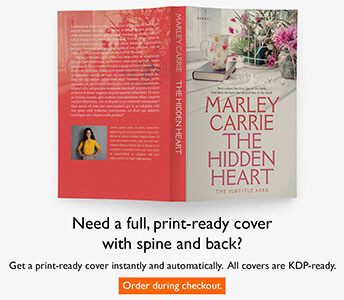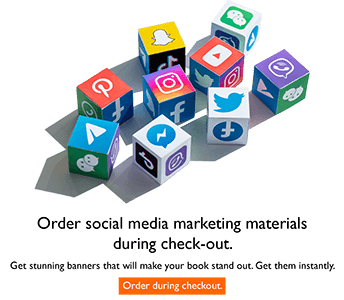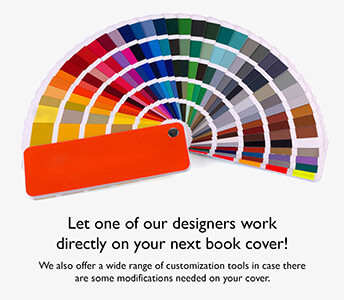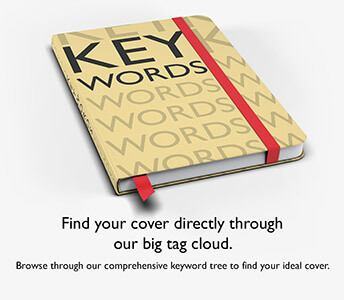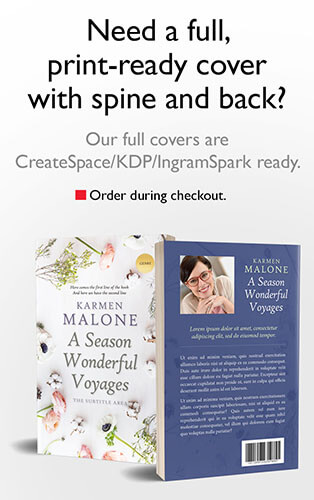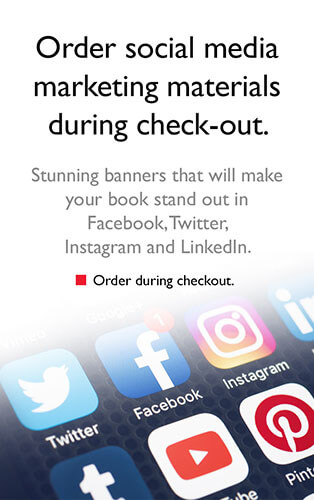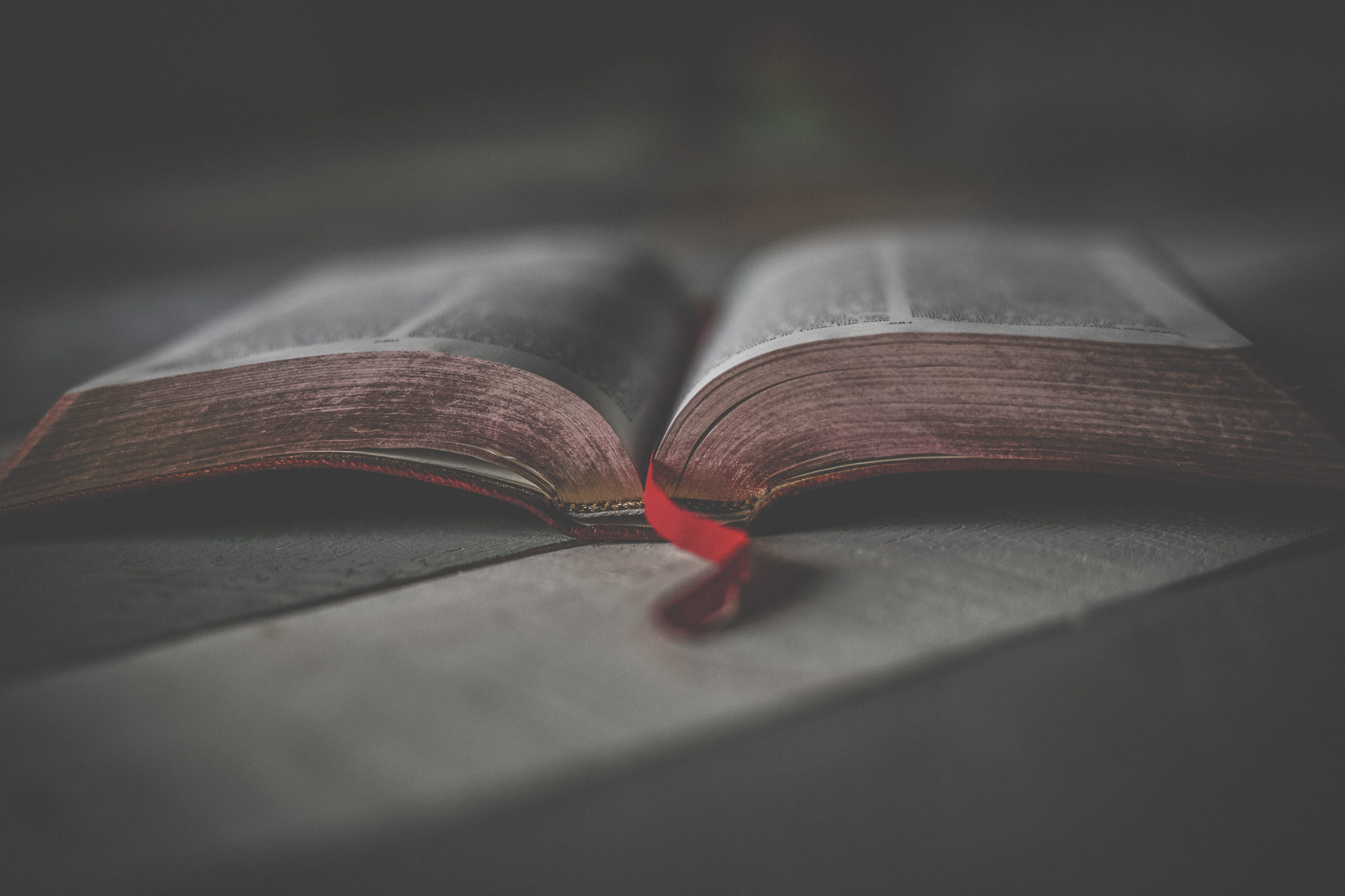One thing all books have in common is the edition notice or copyright page as it’s more widely called. As part of the front matter of a book layout, this is the page that contains information about the current edition and is usually located on the reverse side of the title page. It contains a copyright notice, some legal information, printing history (although with POD this has become less relevant), in some cases cataloguing information from a national library, and an ISBN that uniquely identifies the work. The importance of the copyright page is that it legally protects your writing from plagiarism. The copyright page is standard in any book in any genre. Self-published books are no different, so they should include a professionally prepared copyright/edition notice page.
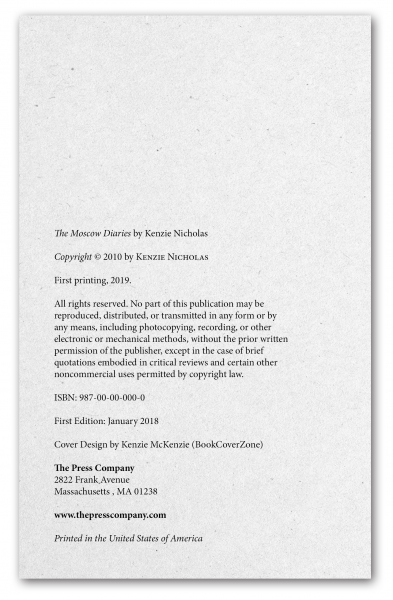
So let’s break each of the elements down and give you an ideal template that you can directly copy and paste into your book:
1. A copyright notice and year.
This is usually the very first line of the copyright notice and should contain the name of the author of the book, not the publisher or the printer. The copyright symbol (©) should go next to the copyright owner’s name. It should look like, © 2019 by Kenzie Nicholas, or can be spelled out Copyright © 2019 Kenzie Nicholas or Copyright © Kenzie Nicholas, 2019. All styles are widely used.
2. All Rights Reserved notice.
The phrase states that the copyright holder/author reserves all rights to reproduce the book. The right reserved notice phrase (“All rights reserved.“) was created in the early 20th century at the Buenos Aires Copyright Convention, and while it’s technically no longer needed (as owning a copyright means that the author holds all the rights anyway), it’s still widely used in books. It’s part of the long list of traditions that continues in the publishing industry.
3. ISBN.
An ISBN (International Standard Book Number) is necessary if you plan to sell your book. ISBN are normally 13 digits long, and the numbers correspond with regional codes, particular publishers, editions, etc. The ISBN is merely an identifier for your book; it has no legal weight. If you don’t plan on selling your book, then there’s really no need for an ISBN. An ISBN is also important as the barcode that goes on the back of the book is obtained directly from the ISBN. The standard barcode for books is an EAN-13 bar code.
An ISBN is assigned to each separate edition and variation (except reprintings) of a publication. For example, an e-book, a paperback and a hardcover edition of the same book will each have a different ISBN.
4. Library of Congress Control Number.
The Library of Congress Control Number (LCCN) is free to obtain and can be applied for, online. It simply shows that your book exists. While it’s not necessary to have it, merely for printing or selling your book, it would be necessary in case you decide to have it shelved in libraries. US libraries won’t accept a book unless it has a LCCN.
5. Disclaimer.
The disclaimer featured is normally used in fiction books and is included to protect you from potential lawsuits if your characters or plot lines resemble real people or events. This disclaimer acknowledges that some characters may resemble real people, yet it affirms that this is a work of your imagination. An example disclaimer notice:
This is a work of fiction. Names, characters, places, and incidents either are the product of the author’s imagination or are used fictitiously. Any resemblance to actual persons, living or dead, events, or locales is entirely coincidental.
6. Permissions notice.
If you borrow excerpts from any other work (another book, artwork, articles, etc.) you need to give credit on the copyright page.
7. Credits
A book is a work where a number of players are involved. There is the designers, the editors, the illustrators, in some cases the translators. These should all go in the copyright page. Giving them due credit, unless it’s a very controversial book, is always appreciated on their behalf.
Design by Kenzie McKenzie
Cover photography by Kenzie McKenzie
8. Country of printer/printing edition.
This is where the book was printed and what edition it is (first or second or third, etc.). If you’re using a POD printer, like KDP, while it’s not technically necessary, you can still add it, as it might come in handy for customs purposes.
9. Publisher information.
Publisher information (such as the name and address) should be included in the copyright page. If you’re self-publishing, this would be your information. Some self-publishers choose to create their own publishing company instead of simply going by their name. However if you’re simply self publishing through KDP or other POD venues and don’t want to share your address, etc. you are free to leave it out.
Here is an example. Feel free to copy it, tweak it and remove or add portions to it.
| Copyright © 2010 by Kenzie NicholasAll rights reserved. No part of this publication may be reproduced, distributed, or transmitted in any form or by any means, including photocopying, recording, or other electronic or mechanical methods, without the prior written permission of the publisher, except in the case of brief quotations embodied in critical reviews and certain other noncommercial uses permitted by copyright law. For permission requests, write to the publisher, addressed “Attention: Permissions Coordinator,” at the address below.This is a work of fiction. Names, characters, places, and incidents either are the product of the author’s imagination or are used fictitiously. Any resemblance to actual persons, living or dead, events, or locales is entirely coincidental. ISBN: 987-00-00-000-0 (Hardcover) ISBN: 987-00-00-000-0 (Paperback) First Edition: January 2019 Design by Kenzie McKenzie Cover photography by Kenzie McKenzie The Press Company 2822 Frank Avenue Massachusetts , MA 01238 www.thepresscompany.com Printed in the United States of America |
